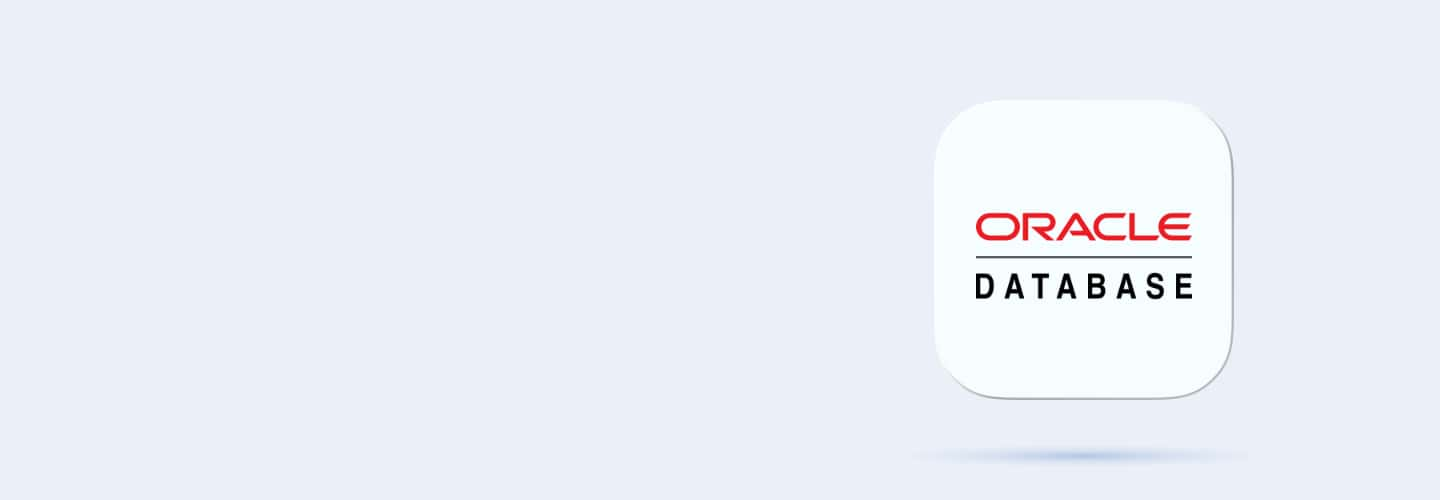
Q1
Q1 What is the primary purpose of the Oracle Database?
To develop mobile applications
To store, retrieve, and manage data efficiently in a relational database system
To visualize data in dashboards
To build web pages dynamically
Q2
Q2 Which type of database is Oracle Database classified as?
NoSQL database
Relational database
Graph database
Key-value store
Q3
Q3 What is the default character set used in Oracle Database?
UTF-8
ASCII
AL32UTF8
ISO-8859-1
Q4
Q4 Which Oracle SQL clause is used to filter records?
WHERE
GROUP BY
HAVING
ORDER BY
Q5
Q5 What is the extension of an Oracle Database data file?
.txt
.dbf
.log
.dat
Q6
Q6 Which feature allows Oracle Database to ensure high availability?
Partitioning
Replication
Failover
Clustering
Q7
Q7 Which Oracle Database tool is used for query optimization?
SQL Developer
SQL Plus
SQL Optimizer
Enterprise Manager
Q8
Q8 What is the role of an Oracle Listener in the database?
Handles database backups
Facilitates client connections
Manages schema objects
Optimizes queries
Q9
Q9 Which SQL command is used to create a database user in Oracle?
CREATE USER username IDENTIFIED BY password;
ADD USER username WITH password;
NEW USER username PASSWORD password;
DEFINE USER username IDENTIFIED password;
Q10
Q10 An Oracle SQL query fails with the error "ORA-12154: TNS:could not resolve the connect identifier specified." What is the most likely cause?
Incorrect database username
Incorrect network configuration
Insufficient privileges
Syntax error
Q11
Q11 What are the key components of Oracle Database Architecture?
Data files and Control files
Memory structures and Processes
Both
None
Q12
Q12 What is the primary role of the System Global Area (SGA)?
Store user session data
Optimize queries
Store shared database information
Backup data
Q13
Q13 Which process in Oracle Database is responsible for writing changes from memory to disk?
DBWn
LGWR
PMON
SMON
Q14
Q14 What is the purpose of Oracle Database Control Files?
Store user credentials
Record database changes and status
Define schema objects
Optimize query execution
Q15
Q15 Which memory structure in Oracle Database caches data blocks for query performance?
PGA
SGA
Library Cache
Data Buffer Cache
Q16
Q16 Which process handles user session recovery in Oracle Database?
SMON
PMON
DBWn
LGWR
Q17
Q17 What is the function of the Oracle Database Log Writer (LGWR) process?
Writes redo entries to disk
Performs query optimization
Cleans unused memory
Manages schema creation
Q18
Q18 How does Oracle Database ensure consistency during a system failure?
Using Checkpoints
Using Indexes
Using Tablespaces
Using Buffers
Q19
Q19 Which SQL query retrieves the database name and status in Oracle?
SELECT * FROM DATABASE_INFO;
SELECT NAME, STATUS FROM V$DATABASE;
SHOW DATABASE NAME;
SELECT DATABASE STATUS;
Q20
Q20 An Oracle instance fails to start with the error "ORA-01109: database not open." What is the most likely reason?
Control file corruption
Database not mounted
Redo log corruption
Data file corruption
Q21
Q21 Which SQL clause is used to retrieve unique values from a column?
SELECT DISTINCT
WHERE
GROUP BY
ORDER BY
Q22
Q22 Which keyword is used to sort data in ascending order in SQL?
ORDER BY
ASC
DESC
GROUP BY
Q23
Q23 What does the COUNT() function return in SQL?
The total number of rows
The total sum of column values
The average of column values
The first row of a table
Q24
Q24 Which SQL operator is used to filter rows with matching patterns?
LIKE
IN
NOT
BETWEEN
Q25
Q25 Which function is used to concatenate strings in Oracle SQL?
CONCAT()
MERGE()
APPEND()
JOIN()
Q26
Q26 Which SQL clause is used to filter groups after grouping is applied?
WHERE
HAVING
GROUP BY
ORDER BY
Q27
Q27 Write an SQL query to retrieve employee names starting with 'A'.
SELECT * FROM employees WHERE name LIKE 'A%';
SELECT name FROM employees WHERE name LIKE 'A%';
SELECT name FROM employees;
SELECT name LIKE 'A%' FROM employees;
Q28
Q28 Write an SQL query to count all employees in the employees table.
SELECT COUNT(*) FROM employees;
SELECT ALL FROM employees;
SELECT COUNT(employees);
SELECT COUNT() FROM table;
Q29
Q29 Write an SQL query to calculate the average salary of employees.
SELECT AVG(salary) FROM employees;
SELECT AVG(*) FROM employees;
SELECT salary FROM employees WHERE AVG;
SELECT AVERAGE(salary) FROM employees;
Q30
Q30 A query returns incorrect results due to an improperly used alias. Identify the issue.
Column alias missing in SELECT
Column alias used in WHERE
Column alias duplicated
Column alias missing in ORDER BY

